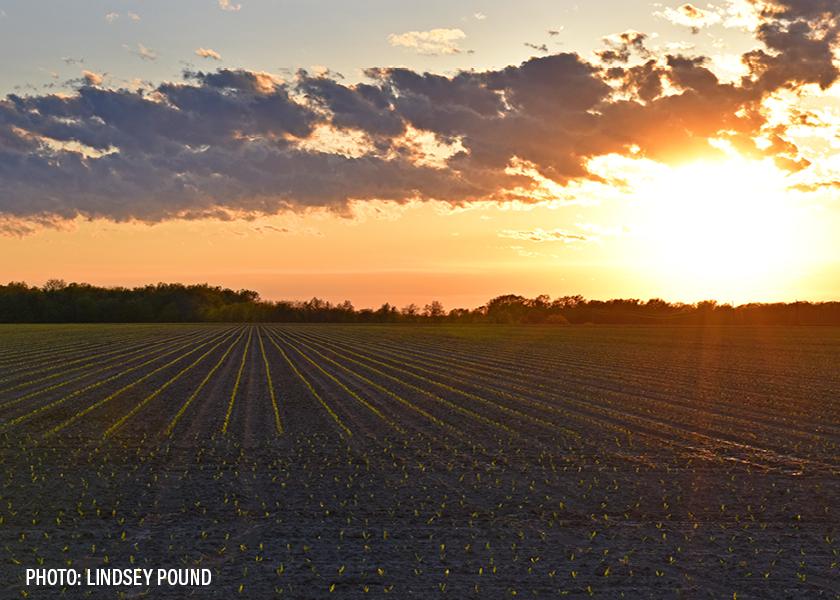Why USDA is Making Major Assumptions About New Crop Supply and Demand in May WASDE Report

The May WASDE report is the first look at the new crop balance sheets. As old crop demand continues to be an area of concern, much of the trade was watching to see how aggressive USDA would be with new crop supply and demand estimates. The biggest surprise, according to one analyst, came in wheat.
Highlights of the May World Agricultural Supply and Demand Estimates (WASDE) include:
- 15.3 billion bushels for new crop corn stocks
- Up 10 percent from last year
- That’s on larger production, but also increase in feed usage. With the recent cancellations from China, USDA did cut old crop corn exports by 75 million bushels.
- 5% increase in soybean balance sheets, to 4.51 billion bushels
- More supplies, higher crush and ending stocks, but lower exports
USDA is forecasting a record corn and soybean yield for new crop, but as Joe Vaclavik of Standard Grain points out, that didn’t come as a surprise. The way USDA computes the May report, the yield and acreage estimates were what the trade expected USDA to use.
“The thing you've got to remember about the new crop balance sheet is that everything in all of the new crop balance sheets is contingent on weather,” says Joe Vaclavik of Standard Grain. “USDA is assuming normal or favorable weather in regard to crop production.”
Vaclavik says whether it’s the 181.5 bu. per acre yield estimate printed on corn for this year or the 52 bu. per acre for soybeans, weather will play a key role. Vaclavik points out more than just the assumptions on the domestic supply for the upcoming year, USDA is also making assumptions when it comes to South American weather.
“Did you see the new crop, South American production estimates, of 163 million metric tons on the Brazilian soybean crop? That's what's being projected, but for any of those things to be achieved, you need weather to cooperate in the United States and in South America,” says Vaclavik. “So, that's the one thing to be aware of. I mean, this is just a starting point. But nobody can predict the weather, therefore you can't predict the yields and therefore you can't predict the balance sheets.”
USDA Makes Big Assumptions on Demand
Matt Bennett of AgMarket.net says while the assumptions on supply hinge on good summer weather. He thinks USDA is also making big assumptions when it comes to demand, as the World Board made larger cuts than he expected.
“We [AgMarket.net] thought exports would go down 50 million bushels. They went down 75,” says Bennett. That's certainly an understandable thing to do, but you carry that old crop into new crop, you know, when you come up with a 2.222 [new crop carryout], which was actually lower than what we thought, and the reason that we thought it would be higher than that is because we knew they're assuming normal weather, assuming all the acres get planted.”
Bennett says the trade knew USDA would use the 92 million acres of planted acres for corn, as well as the 181.5 bu. per acre for yield.
“But they also had some pretty bold demand assumptions, which should come to pass if we continue on the trajectory that we've seen with cheaper corn prices,” says Bennett. “So with that big demand increase that kept your carry out into a 2.222, which I'm telling you, it could have been worse than that if they would have used those big production numbers.”
Drought's Impact on Wheat
Drought is playing a role in the revisions to the wheat production estimate. Despite the big jump in planted acres, USDA pegging the crop at 1.659 billion bushels. That’s only slightly higher than this year’s 1.65 billion bushels.
Vaclavik says the biggest surprise out of all the revisions in Friday’s reports was the one to Hard Red Winter wheat.
“The crop estimate was like 75 million bushels below the average trade guess, and that was actually one of the bigger surprises in the report,” he says. “It shouldn't be a shock that the wheat crop in Kansas is no good. But it's all about expectations versus reality.”







